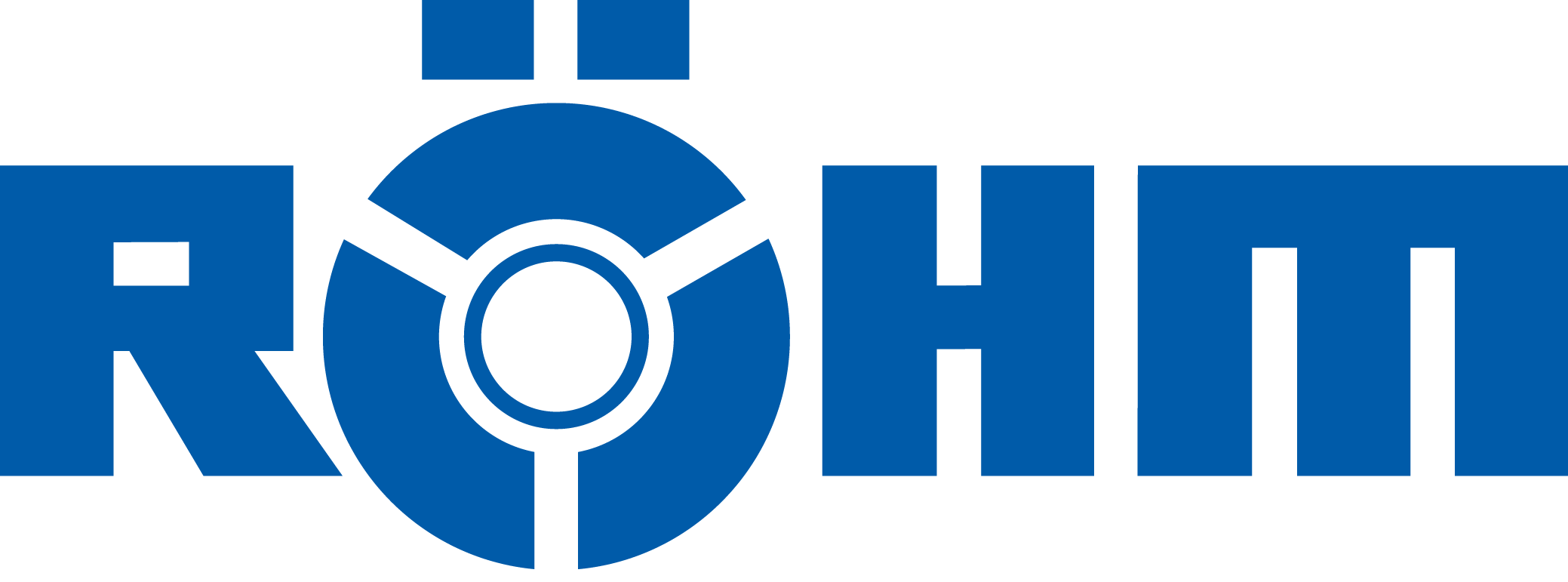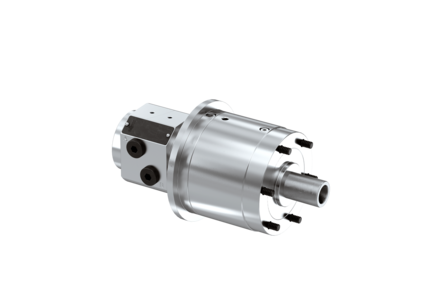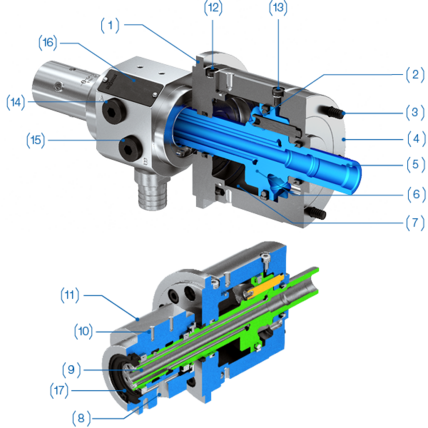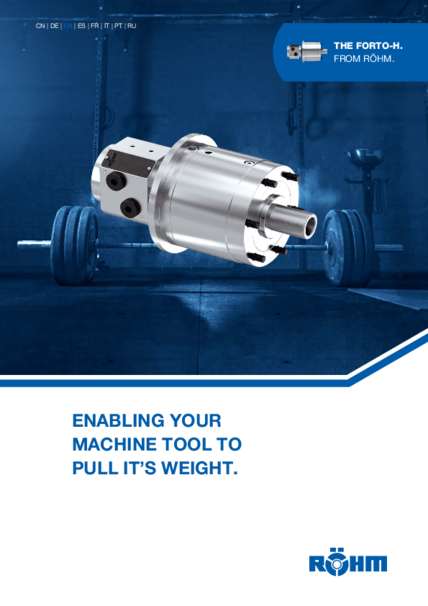The Forto-H is a hydraulic clamping cylinder without a through-hole for operation of power chucks, collet chucks or special clamping tools. It is primarily used on CNC turning machines and machining centers for automatic clamping with partly hollow or full clamping. Both horizontal and vertical installation positions are possible. This makes it particularly suitable for handling shorter or disk-shaped workpieces. In the name Forto-H, the H stands for hydraulics. Its impressive features include very high operating forces and high speeds but at the same time it has excellent smooth running properties.
Various (optional) rotary unions enable media to be fed through to the clamping device.
A range of different (optional) stroke monitoring systems allow the machine controller to monitor the piston stroke and the piston position. If there is an unexpected pressure drop during machining, a safety feature ensures that the operating force is maintained until the spindle emergency stop takes effect.
The Forto-H replaces the Röhm OVS series of cylinders without a through-hole.
BENEFITS
- Up to 80 bar operating pressure for high clamping force (1160 psi)
- Compact Construction
- Rigid piston design
- Large selection of compatible power chucks from Röhm
- Spindle connections compatible with cylinders made by SMW AUTOBLOK
- Input disk for path measuring system
- Driving pin
- Rear fitting
- Piston housing
- Connection for tensile connection
- Piston
- Pressure chamber
- Connection for leakage oil fitting (leakage oil fitting optional)
- Media feedthrough
- Connections for stroke measuring system
- Distributor housing
- Rear piston chamber vent
- Front piston chamber vent
- Hydraulic connection (extend)
- Hydraulic connection (retract)
- Rating plate (optional: customer-specific)
- Connection for rotary union
The steel piston housing (4) is connected to the machine spindle using six bolts (3) on the rear. Inside the piston housing, the piston (6) moves to perform the actuation, i.e. opening and closing of the clamping device. The piston has a throughhole (9), enabling optional additional media to be fed through to the clamping device. To extend the cylinder (and thus - normally - to open the clamping device), the hydraulic line (14) is put under pressure. This causes hydraulic oil to flow into the pressure chamber (7) and moves the piston. To retract the cylinder (and thus - normally - to close the clamping device), the hydraulic line (15) is put under pressure. The clamping device and cylinder are connected using a tensile connection individually configured for the clamping device. A connection for the tensile connection (5) is provided on the piston for this purpose. The input disk for the stroke measuring system (1) is permanently connected to the piston housing. The stroke measuring system itself is fitted on the distributor housing (11) (10), which in turn is permanently connected to the piston and moves with it.



